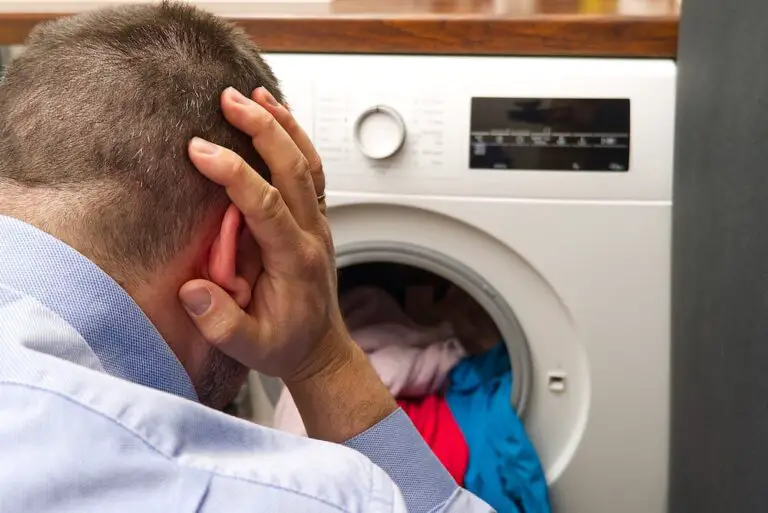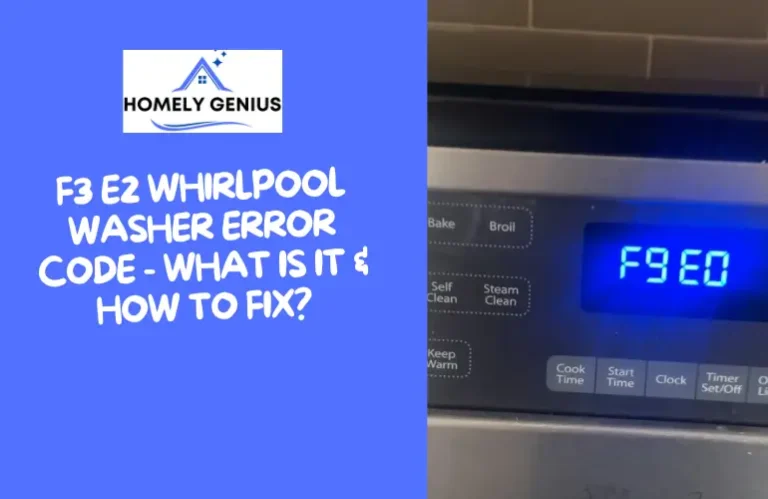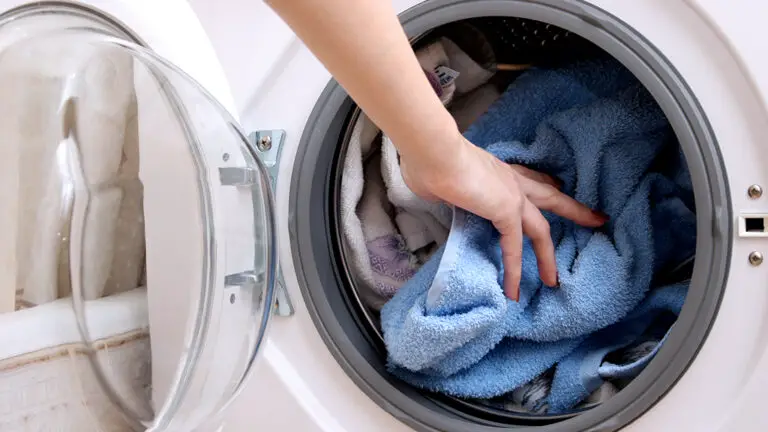No Power to Washer: Troubleshooting Tips to Fix the Issue
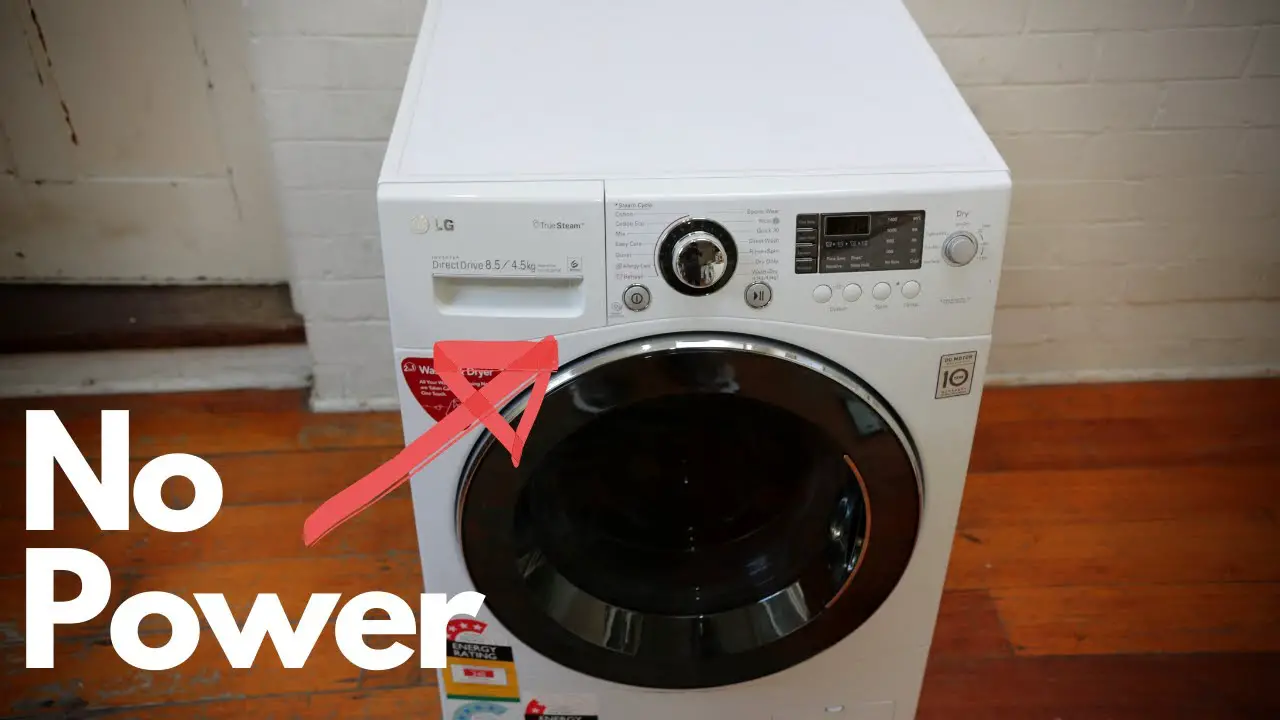
Ensure the washer is plugged in and the circuit breaker is not tripped. Check the power outlet for functionality.
A washing machine not powering on can be a frustrating issue. Common reasons include a tripped circuit breaker, a faulty power outlet, or a loose plug. Verifying these can save time and hassle. Start by checking if the washer is securely plugged into the outlet.
Ensure the circuit breaker hasn’t tripped, as this is a common cause. Test the power outlet with another device to confirm it’s working. If all these elements are in order, the issue might be internal, requiring professional help. Addressing these basics can often resolve the no-power problem quickly and efficiently, restoring your washer to working order.
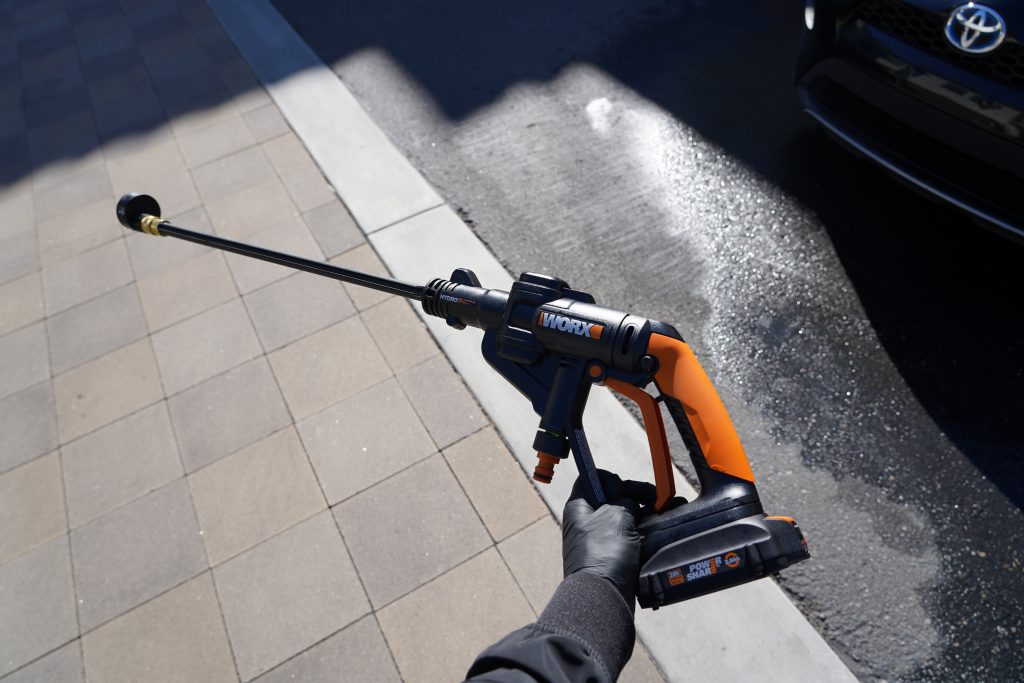
Credit: www.detailedimage.com
Common Causes
Experiencing no power to your washer can be frustrating. Understanding the common causes can help you troubleshoot effectively. This section will cover the most frequent reasons your washer might not be receiving power.
Power Supply Issues
The most common cause of no power to your washer is power supply issues. Always check if the washer is properly plugged in. Sometimes, the plug can become loose. Ensure the cord is secure in the outlet.
Verify the power cord for any visible damage. A frayed or broken cord can interrupt power flow. It’s crucial to replace damaged cords immediately to avoid hazards.
Check your home’s circuit breaker. Sometimes, the breaker might trip. Reset the breaker if needed. This simple step can often resolve the issue.
Faulty Outlet
A faulty outlet can also be the culprit. Test the outlet with another appliance. Plug in a lamp or a phone charger. If these devices don’t work, the outlet is likely faulty.
Inspect the outlet for any signs of damage. Blackened or melted plastic indicates a serious issue. Avoid using the outlet and contact a professional electrician.
Consider using a voltage tester. This tool helps verify if the outlet is supplying power. If the outlet fails the test, it needs professional attention.
Outlets can also wear out over time. Regularly check and maintain them for optimal performance.

Credit: m.youtube.com
Checking The Power Cord
Having trouble with your washer? It may be a power issue. One of the first things to check is the power cord. A simple inspection can save you time and money.
Inspect For Damage
First, unplug the washer from the wall outlet. Look at the power cord closely. Check for any visible signs of wear or damage. Damaged cords can cause power issues and are a fire hazard.
Use a flashlight to see better. Look for frayed wires or cuts. If you see any damage, do not use the washer. Replace the power cord immediately.
Proper Connection
Next, ensure the power cord is connected correctly. Plug it firmly into the wall socket. A loose connection can cause the washer to lose power.
Check the wall socket for any signs of damage. A damaged socket can be dangerous. If you find any issues, contact an electrician for repairs.
| Step | Action |
|---|---|
| 1 | Unplug the washer |
| 2 | Inspect the power cord for damage |
| 3 | Look closely for frayed wires or cuts |
| 4 | Replace the power cord if damaged |
| 5 | Ensure the cord is plugged in firmly |
| 6 | Check the wall socket for damage |
Resetting The Circuit Breaker
Is your washer not turning on? The problem might be a tripped breaker. Resetting the circuit breaker can often solve this issue. Follow these simple steps to get your washer back in action.
Locate Breaker Box
First, you need to find your breaker box. It is usually in the garage, basement, or utility room. The breaker box contains all the circuit breakers for your home.
Open the breaker box cover carefully. Inside, you will see a series of switches. Each switch controls power to different parts of your home.
Identify Tripped Breaker
Look for the breaker switch that controls your washer. The switch may be labeled. If not, you might need to check the manual.
A tripped breaker will not be in the “ON” position. It will be either in the “OFF” position or in the middle.
To reset the breaker, push it to the “OFF” position first. Then, flip it back to the “ON” position. This should restore power to your washer.
If the breaker trips again immediately, there may be a more serious electrical issue. In such cases, contact a professional electrician.
Testing The Outlet
If your washer isn’t powering on, the outlet might be the issue. Testing the outlet is crucial. This ensures the washer gets the required electricity. Follow these steps to test the outlet.
Using A Multimeter
A multimeter helps check if the outlet has power. First, ensure the washer is unplugged. Then, set your multimeter to measure voltage.
- Insert the multimeter probes into the outlet slots.
- Look at the multimeter reading. It should show around 120 volts.
- If the reading is zero, the outlet has no power.
Check the circuit breaker if there’s no power. It might have tripped. Resetting it could solve the issue. If unsure, seek professional help.
Alternative Outlet Check
Testing another outlet can also help. Plug a working device, like a lamp, into the original outlet. If it doesn’t work, the outlet might be faulty.
- Move the washer to another outlet.
- Ensure this outlet is working. Use the same device to check.
- Plug the washer into the new outlet.
If the washer powers on, the original outlet is defective. Consider getting the faulty outlet fixed by an electrician.
Inspecting The Washer’s Plug
Having trouble with your washer not powering on? The plug might be the culprit. Inspecting the washer’s plug can save you time and money. Let’s explore the steps to ensure your washer’s plug is in top condition.
Signs Of Wear
Examine the plug and cord for any signs of wear. Here are some common indicators:
- Frayed wires
- Cracked or broken plug
- Discoloration or burnt marks
If you see any of these signs, the plug may need replacement. A damaged plug can be dangerous and ineffective.
Secure Plugging
Ensure the plug is securely connected to the outlet. A loose connection can cause power issues.
- Firmly insert the plug into the outlet.
- Check if the outlet is functioning by plugging in another device.
- Use a voltage tester to ensure the outlet has power.
Make sure the outlet is not overloaded. Overloading can trip the breaker and cut power to the washer.
For your convenience, here is a quick-check table:
| Inspection Step | Action |
|---|---|
| Check for frayed wires | Replace the plug |
| Insert plug firmly | Ensure secure connection |
| Test outlet with another device | Confirm outlet is working |
| Check for overloaded outlet | Reduce load on outlet |
Taking these steps can help ensure your washer powers on reliably.

Credit: www.doityourself.com
Examining The Washer’s Internal Fuse
Experiencing a washer that won’t turn on can be frustrating. One common issue is a blown internal fuse. This fuse protects the washer from electrical damage. Let’s explore how to examine and replace this crucial component.
Accessing The Fuse
First, ensure the washer is unplugged. This step is crucial for safety.
Next, locate the panel at the back of the washer. Use a screwdriver to remove the screws holding the panel.
Once the panel is off, you can see the internal components. Find the fuse box, typically near the control board.
Carefully open the fuse box cover to access the fuse.
Replacing A Blown Fuse
Inspect the fuse for any visible damage. A blown fuse often looks burned or broken.
If the fuse is blown, remove it gently. Make sure not to damage the fuse holder.
Obtain a replacement fuse with the same rating. Install the new fuse by placing it in the holder.
Close the fuse box cover and reattach the back panel. Finally, plug in the washer and test if it powers on.
Evaluating The Control Board
Evaluating the control board of your washer can solve many problems. The control board manages all washer functions. If your washer has no power, the control board might be faulty. Below, we break down the steps for evaluation.
Visual Inspection
Start with a visual inspection of the control board. Look for burnt marks or damaged components. Burnt spots indicate electrical issues. Also, check for loose or broken wires. Ensure all connections are secure. A visual check is quick and can reveal obvious problems.
Electrical Testing
Electrical testing is crucial for an accurate diagnosis. Use a multimeter to check the board. Set the multimeter to measure voltage. Place the probes on the board’s power input terminals. The multimeter should display a voltage reading. A zero reading indicates no power. If there’s no power, the board might need replacement.
Here is a simple table to guide you:
| Step | Action |
|---|---|
| 1 | Set multimeter to voltage mode |
| 2 | Place probes on power input terminals |
| 3 | Check for voltage reading |
| 4 | If zero, consider board replacement |
Electrical testing ensures you don’t miss hidden problems. Always follow safety precautions while testing.
Seeking Professional Help
Sometimes, your washer may face issues beyond basic troubleshooting. When there’s no power to your washer, professional help might be necessary. This section guides you on when to call a technician and how to prepare for their visit.
When To Call A Technician
Not all washer problems can be fixed at home. Here are some signs to call a technician:
- Repeated power failures: If your washer keeps losing power, it’s time for help.
- Strange noises: Loud or unusual sounds may indicate serious issues.
- Burning smell: A burning smell is a sign of electrical problems.
- Water leakage: Constant leaks can damage your washer and home.
Preparing For Service Visit
To make the technician’s job easier, follow these steps:
- Clear the area: Remove any items around the washer.
- Document the issue: Write down when the problem started.
- Check your warranty: Know if your washer is still under warranty.
- Unplug the washer: Ensure the washer is unplugged for safety.
Having this information ready will help the technician diagnose the problem quickly. It also ensures a smoother service experience.
Frequently Asked Questions
Why Would My Washing Machine Suddenly Have No Power?
A washing machine may lose power due to a tripped circuit breaker, faulty power outlet, or damaged power cord. Check these first.
How To Fix A Washing Machine That Won’t Turn On?
Check the power source and ensure the machine is plugged in. Inspect the circuit breaker and reset if tripped. Verify the lid switch and door latch are functioning properly. Examine the control panel for any error codes. Seek professional help if issues persist.
How Do I Know If My Washing Machine Fuse Is Blown?
Check if the washing machine doesn’t power on. Inspect the fuse for visible damage or burn marks. Use a multimeter to test continuity. Replace the fuse if it’s faulty.
Why Did The Washing Machine Suddenly Stop Working?
The washing machine may have stopped due to a power issue, faulty door latch, or a clogged drain. Check for tripped breakers, inspect the latch, and clear any blockages.
Why Does My Washer Have No Power?
The washer may have a tripped circuit breaker or a blown fuse.
How To Check Washer Power Supply?
Ensure the washer is plugged in and the outlet is functioning properly.
Can A Faulty Lid Switch Cause No Power?
Yes, a faulty lid switch can prevent the washer from starting.
Is A Damaged Power Cord An Issue?
A damaged power cord can cause power issues. Inspect and replace if necessary.
Conclusion
Addressing the issue of no power to your washer can save you time and money. Regular maintenance and quick troubleshooting are essential. Always ensure connections are secure and consult a professional if needed. By following these steps, your washer will be back in working order, avoiding unnecessary stress and expenses.

![Is Kenmore made by Whirlpool? [Unraveling The Mystery]](https://homelygenius.com/wp-content/uploads/2023/12/Is-Kenmore-made-by-Whirlpool-768x499.webp)
